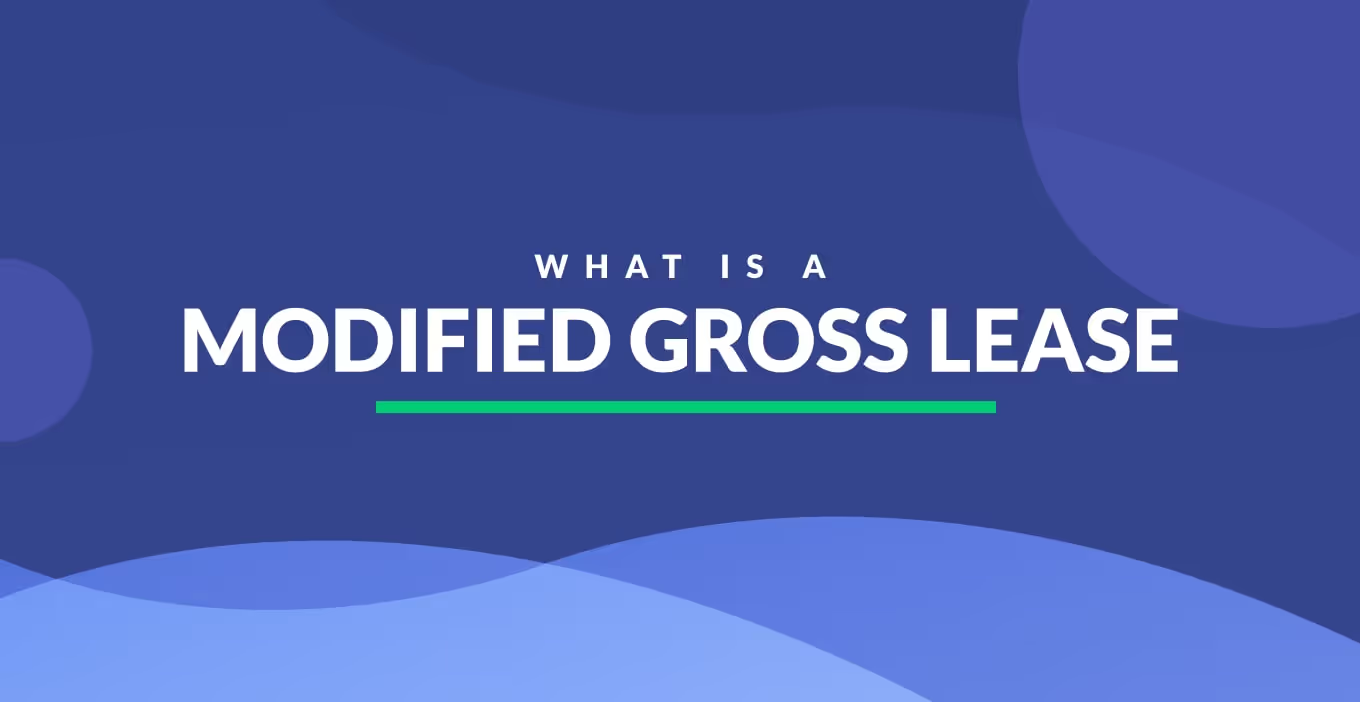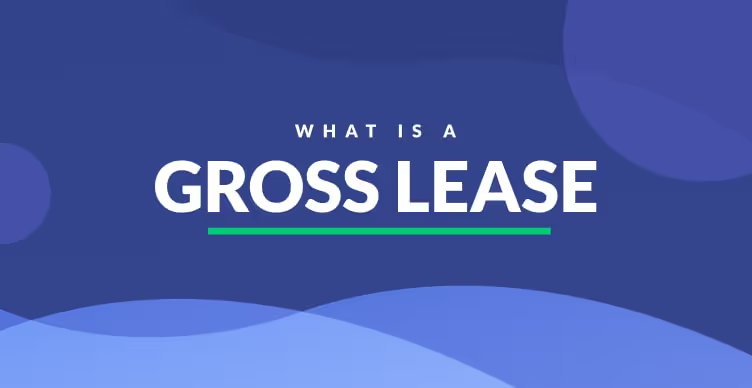What Is a Modified Gross Lease
A modified gross lease is a commercial lease agreement where the tenant and landlord split operating expenses. Typically, the landlord covers building expenses like property taxes and insurance, while the tenant pays for utilities, maintenance, and janitorial services. This lease type strikes a middle ground between the simplicity of a gross lease, where the landlord handles all expenses, and a triple net lease, where the tenant bears most costs. Modified gross leases are common in office buildings and offer flexibility for both parties in negotiating expense-sharing.
Understanding Modified Gross Leases
It takes attention to detail to fully grasp how modified gross leases work in commercial real estate. While leases are often categorized as either full-service gross or triple net, most agreements actually fall in the middle, known as modified gross leases. In these cases, the landlord and tenant share the property’s operating expenses.
For example: In a building where the total monthly electric bill is $1,000, if there are 10 tenants, each might pay $100, or their share might be based on the square footage of their unit.
Key Features
- Shared Costs: The tenant pays base rent plus a share of some operating expenses.
- Common in Commercial Real Estate: Particularly in multi-tenant office buildings.
- Negotiable Terms: Specific expenses covered by the tenant or landlord varies.
How a Modified Gross Lease Works
A modified gross lease (MGL) is structured so that both the landlord and tenant are responsible for paying the property’s operating expenses. The exact costs covered by each party depend on negotiations and the specific lease terms.
For instance, the tenant might cover expenses directly related to their unit, like utilities and janitorial services, while the landlord manages common area maintenance and property insurance. In some cases, costs like property insurance may be split, with tenants paying a portion based on their unit size or other factors.
Modified Gross Lease Pros and Cons
Modified gross leases come with advantages and drawbacks for both tenants and property owners. Here’s a breakdown:
Pros and Cons for Tenants
Pros:
- Predictable Budgeting: Fixed costs for specific expenses make it easier for tenants to manage budgets.
- Reduced Responsibility: Tenants have fewer building-wide expenses to manage.
Cons:
- Maintenance Quality Dependency: Tenants rely on the landlord to maintain common areas and handle repairs, which can vary in quality.
- Potential for Higher Costs: In poorly managed buildings, shared costs can become inflated
Pros and Cons for Property Owners
Pros:
- Property Standards Assurance: Landlords maintain control over key aspects of the property, ensuring it stays up to standard.
- Flexible Expense Recovery: Landlords can recoup certain costs from tenants, offering more flexibility.
Cons:
- Risk of Undervaluing Costs: Misestimating operating costs can lead to financial shortfalls.
- Disputes Over Expenses: Calculations for shared expenses can lead to conflicts with tenants.
Modified Gross Lease Examples
Basic Example: A tenant occupies 10,000 square feet in a100,000 square foot building. If total expenses are $1 million, the tenant pays 10% ($100,000).
Flat-Dollar Contribution: A tenant might pay their pro-rata share of real estate taxes and insurance while contributing $1 per square foot annually for structural repairs.
Expense Stops: The landlord covers expenses up to a predetermined limit, known as the expense stop, after which the tenant is responsible for any additional costs. For instance, with an expense stop set at $1 per square foot (SF), the tenant pays any costs that go beyond this amount.
Imagine a building with $100,000 in property taxes and $25,000 in insurance. If these expenses are grouped and the total per square foot exceeds the $1/SF stop (e.g., total expenses amount to $1.25/SF), the tenant would pay the excess $0.25/SF based on their proportional share of the space.
Base Year Stop: Expenses are compared to a base year amount. The tenant pays for increases above the base year cost. If the base year expenses were $100,000 for a 10,000 SF building, the base amount is $10/SF. The tenant pays any excess in subsequent years.
Modified Gross Lease vs. Base Year Stop
In the examples above, one example was the base year stop. A base year stop is similar to other expense stops but uses the expense amount from the base year of the lease.
For example, if base year expenses were $100,000 for a 10,000 SF building, the base amount is $10/SF. The tenant pays expenses exceeding this amount. Typically, the base year aligns with the calendar year the lease starts.
If a lease begins in August 2024, the base year is January to December 2024. Alternatively, the base year could match the tenant’s first lease year (e.g., July 1, 2024, to June 30, 2025).
Comparison with Other Lease Types
Gross Lease
In a gross lease, the landlord's responsibility is all operating expenses, including property taxes, insurance, and maintenance. This can be beneficial for tenants who prefer predictable costs but can result in higher rent to cover the landlord's expenses.
Single Net Lease
A net lease requires the tenant to pay base rent plus all property operating expenses. This structure is common in single-tenant buildings and can appeal to landlords seeking minimal involvement in property management.
Double Net Lease (NN)
A double net lease (NN) is a type of commercial real estate lease agreement where the tenant is responsible for paying two of the three primary property expenses in addition to the base rent. These two expenses typically include property taxes and property insurance premiums, while the landlord remains responsible for structural maintenance costs.
Triple Net Lease (NNN)
A triple net lease (NNN) is a type of commercial real estate lease agreement where the tenant is responsible for paying all three primary property expenses in addition to the base rent. These three expenses typically include property taxes, property insurance, and maintenance costs.
Commercial Real Estate Leases
Ultimately, there are two types of commercial real estate lease options - absolute gross leases and the absolute net lease. With the absolute net lease, the operating expenses get paid by the tenant. However, with a gross lease, the landlord pays for all of the operating costs for the property.
Any other agreement falls in the middle, and they are often called modified gross leases. A modified gross lease, sometimes referred to as a modified net lease, incorporates characteristics of both a gross lease and a net lease.
Read the Lease Agreement
The most important part of understanding the commercial real estate lease agreement is to read it thoroughly.
You may see descriptive terms, such as net lease, gross lease, and double net lease; they can be good starting points. However, to know if you have a modified gross lease, you must go through each point carefully.
Understanding the lease agreement is crucial because it outlines the responsibilities related to property ownership, including which expenses are borne by the tenant and which by the landlord.
Usually, property insurance and property tax are always handled by the property owner. Then, it’s the tenant’s responsibility to cover any property expenses outlined in the agreement.
Modified Gross Lease vs. Gross Lease
A full-service gross lease means the property owner covers all operating expenses, making it simpler for tenants.
In contrast, a modified gross lease splits operating costs between the landlord and the tenant, with terms specified in the lease agreement.
Modified gross leases can get complicated and vary by situation, so we always recommend seeking legal advice. The choice between a gross lease and a modified gross lease depends on market conditions and the specific agreement.
Deciding who pays for operating expenses like property taxes can be confusing. While tenants often dislike triple net leases due to higher responsibilities, modified gross leases offer a balanced approach, benefiting both the owner and the tenant. Understanding the lease details is important to determine who pays for what.
Always review the agreement thoroughly before signing to ensure it meets your needs and clarifies expense responsibilities.
Frequently Asked Quesitons
Does modified gross lease include CAM?
Yes, a modified gross lease can include Common Area Maintenance (CAM) expenses, with the tenant typically paying a proportionate share based on their leased space.






.svg)
.svg)

